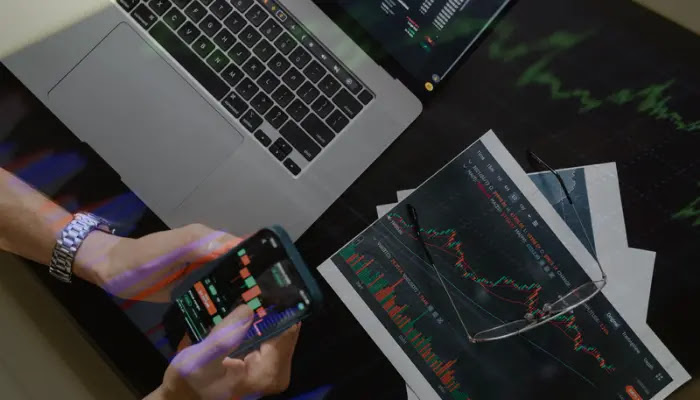Understanding Risk-to-Reward Ratio: Importance and Explanation
The risk-to-reward ratio is a fundamental concept in investing and trading that measures the potential gain relative to the potential loss of a trade or investment. It is an essential tool for assessing the risk and potential reward of a particular trade or investment opportunity. In this guide, we’ll explain what the risk-to-reward ratio is, why it is important, and how investors and traders use it to make informed decisions.
- Definition of Risk-to-Reward Ratio:
The risk-to-reward ratio, often abbreviated as R/R ratio or RRR, is a metric used to evaluate the potential profitability of a trade or investment relative to the amount of risk undertaken. It is calculated by comparing the potential profit (reward) of a trade to the potential loss (risk) if the trade goes against the trader or investor.
- Importance of Risk-to-Reward Ratio:
The risk-to-reward ratio is important for several reasons:
- Risk Management: By assessing the potential reward relative to the risk of a trade, investors and traders can manage their risk exposure and implement risk management strategies to protect their capital.
- Profitability: A favorable risk-to-reward ratio allows investors and traders to potentially achieve consistent profits over time by ensuring that the potential reward outweighs the potential risk of each trade or investment.
- Decision Making: The risk-to-reward ratio helps investors and traders make informed decisions by providing a quantitative measure of the trade-off between risk and reward. It allows them to evaluate whether a trade or investment opportunity is worth pursuing based on its potential risk and reward profile.
- Calculating Risk-to-Reward Ratio:
The risk-to-reward ratio is calculated by dividing the potential reward of a trade by the potential risk.
Risk-to-Reward Ratio = Potential Reward / Potential Risk
- Potential Reward: The amount of profit that can be realized if the trade goes as expected. This is typically determined by identifying a target price or profit target based on technical or fundamental analysis.
- Potential Risk: The amount of potential loss if the trade goes against the trader or investor. This is usually determined by setting a stop-loss order at a predefined price level to limit losses.
- Example:
Suppose a trader buys a stock at $50 per share and sets a profit target of $60 per share, while also setting a stop-loss order at $45 per share.
- Potential Reward: $60 – $50 = $10 per share
- Potential Risk: $50 – $45 = $5 per share
Using the formula:
Risk-to-Reward Ratio = $10 / $5 = 2
In this example, the risk-to-reward ratio is 2, indicating that the potential reward is twice the potential risk of the trade.
Conclusion:
The risk-to-reward ratio is a critical tool for investors and traders to assess the potential profitability of a trade or investment relative to the amount of risk undertaken. By understanding the risk-to-reward ratio and using it to evaluate trade opportunities, investors and traders can make more informed decisions, manage their risk exposure, and improve their chances of achieving consistent profits in the financial markets. It is essential to consider the risk-to-reward ratio alongside other factors such as market conditions, trading strategy, and risk tolerance when making investment decisions.






